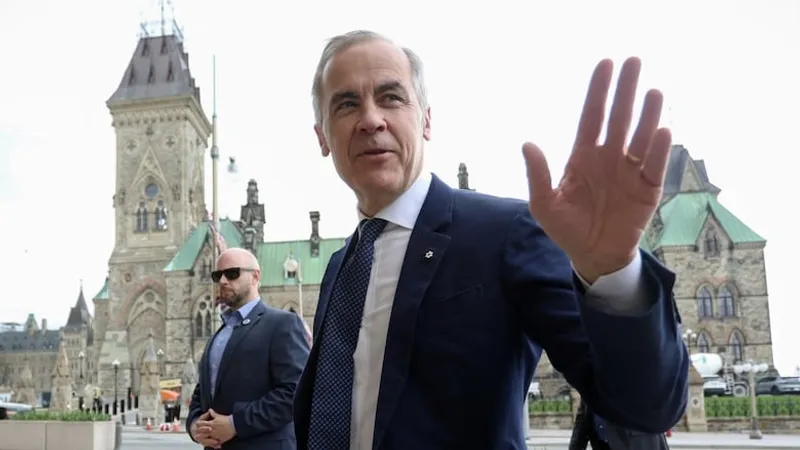Ottawa’s air is thick with tension, and Mark Carney’s got a new headache. The former Bank of Canada governor, now Canada’s prime minister, scraped through the April 28, 2025, election with a Liberal minority government—three seats shy of the 172 needed for a majority in the 343-seat House of Commons. It’s a shaky perch, and Carney’s next moves will decide if he can keep his government upright or watch it crumble under the weight of a fractious Parliament.
Carney, who took the Liberal helm after Justin Trudeau’s exit, campaigned on steadying Canada’s economy against looming U.S. tariffs under President Donald Trump. His pitch—tax cuts, trade talks, and a calm hand on the tiller—won enough votes to hold power, but not enough to rule comfortably. The Liberals secured 169 seats, down from their 2021 haul, while Pierre Poilievre’s Conservatives gained 20 seats to hit 119. The NDP, under new leadership after Jagmeet Singh’s departure, and the Bloc Québécois hold the balance, with 33 and 32 seats respectively. It’s a math problem that’ll keep Carney up at night.
On April 29, Carney announced he’d recall Parliament early, aiming to swear in a new cabinet and table a budget by mid-May. The plan? Slash income taxes for the middle class and kickstart trade negotiations with the U.S. to dodge Trump’s threatened 25% tariffs. But with no majority, every bill’s a gamble. He’ll need to woo the NDP or Bloc—or both—to pass anything, and neither’s in a mood to play nice. The NDP’s pushing for pharmacare expansion, while the Bloc wants more cash for Quebec’s infrastructure. Carney’s got to haggle, and fast.
The minority setup isn’t new for Canada—just look at Stephen Harper’s 2006-2011 tightrope walk or Trudeau’s 2019-2021 balancing act. But Carney’s challenge is thornier. Trump’s tariff threats, set to hit Canadian exports like oil and autos, demand a united front. Yet Poilievre’s already sharpening his knives, vowing to hammer Carney on cost-of-living woes. In his April 28 concession speech, Poilievre promised to “fight for change,” signaling a scrappy opposition ready to pounce on any misstep.
Carney’s banking chops—13 years steering the Bank of Canada and Bank of England—give him cred on Bay Street, but Parliament’s a different beast. He’s never passed a bill, and his minority means every vote’s a dogfight. On April 30, the Privy Council Office confirmed Carney’s meeting with Governor General Mary Simon to formalize the government’s mandate. No surprises there, but the real test starts when MPs hit the House. The Speech from the Throne, expected by May 15, will lay out Carney’s agenda. If it flops, a non-confidence vote could topple him, though analysts say that’s unlikely before summer.
The numbers tell the tale: 169 Liberal seats, 119 Conservative, 33 NDP, 32 Bloc, and a smattering of Greens and independents. Carney’s got to thread the needle, cutting deals without alienating his base. The U.S. trade talks, set to start in June, add pressure—Trump’s not known for patience. Meanwhile, Canada’s inflation, hovering at 3.2% in March 2025, and a sluggish 1.5% GDP growth forecast for the year keep the heat on. Carney’s promised tax relief, but the Parliamentary Budget Officer’s April 25 report warned that deficits could balloon without spending cuts elsewhere.
This is Carney’s reality: a government on a razor’s edge, a restless opposition, and a country staring down economic storm clouds. He’s got the resume, but minority rule demands a street fighter’s grit. The House opens soon, and the clock’s ticking.

